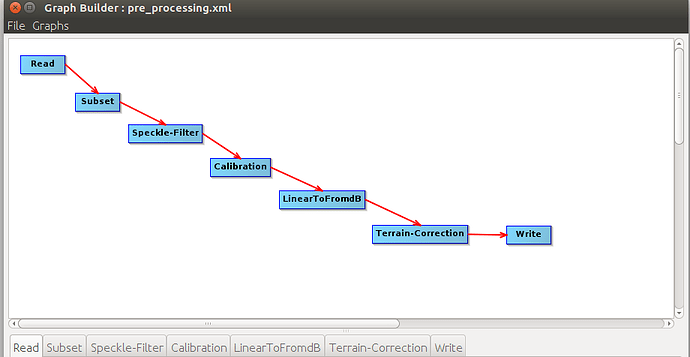Hi,
First of all, there are quite a few methods developed for deriving soil moisture. I have used the change detection method. A time series of SAR images is require (you have already collected the images as you mentioned). In terms of pre-processing the SAR images, Figure 1 describes the steps that need to be followed.
Figure 1. SAR image preprocessing
Once each image is pre-processed, then you can apply the equations described in the papers below to derive the soil wetness
using ENVISAT for soil moisture retrieval.pdf (877.6 KB)
Those papers are very good and describe exactly what you need to do in order to derive soil wetness from SAR.
A summary of steps to be followed is given below:
-
SAR Data collection*
-Time series data collection(GRD) within a time window -
Data pre-processing
-Pre-process each individual SAR image as shown in figure 1
-Mask out areas for each SAR image with NDVI index above 0.6. (NDVI index is not the best measure though as it does not tell us anything about how tall trees are or the shape of trees canopy.)
-Take the average of all the masked time-series SAR images -
Soil mositure retrieval
Dry amd Wet reference determination.For change detection method, we need an image acquired under wet weather conditions and an image acquired under dry weather conditions.
-Two-tailed test.To derive wet and dry reference, we perform a two-tailed test using z-score. Values that falls beyond 1.96 (which represents the 97.5 percentile) are the extreme high values, while values below -1.96 are the extreme values. Then, we take the average for both high and low values and we have our wet and dry reference
-Soil moisture retrieval.Finally, soil moisture retrieval can be derived using the equations shown at the articles
This is a brief summary of what you need to do.
I hope that helps
